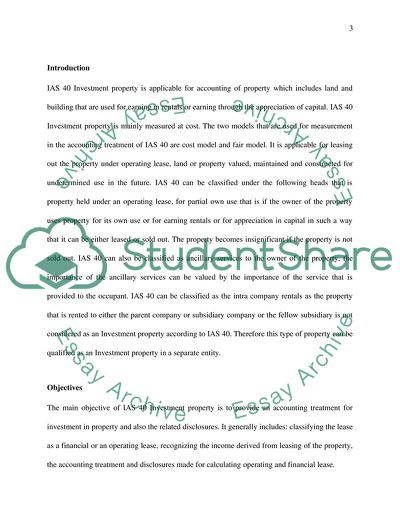Cite this document
(Corporate Accounting- Muttrah LLC Essay Example | Topics and Well Written Essays - 2500 words, n.d.)
Corporate Accounting- Muttrah LLC Essay Example | Topics and Well Written Essays - 2500 words. https://studentshare.org/finance-accounting/1847368-corporate-accounting-muttrah-llc
Corporate Accounting- Muttrah LLC Essay Example | Topics and Well Written Essays - 2500 words. https://studentshare.org/finance-accounting/1847368-corporate-accounting-muttrah-llc
(Corporate Accounting- Muttrah LLC Essay Example | Topics and Well Written Essays - 2500 Words)
Corporate Accounting- Muttrah LLC Essay Example | Topics and Well Written Essays - 2500 Words. https://studentshare.org/finance-accounting/1847368-corporate-accounting-muttrah-llc.
Corporate Accounting- Muttrah LLC Essay Example | Topics and Well Written Essays - 2500 Words. https://studentshare.org/finance-accounting/1847368-corporate-accounting-muttrah-llc.
“Corporate Accounting- Muttrah LLC Essay Example | Topics and Well Written Essays - 2500 Words”. https://studentshare.org/finance-accounting/1847368-corporate-accounting-muttrah-llc.


